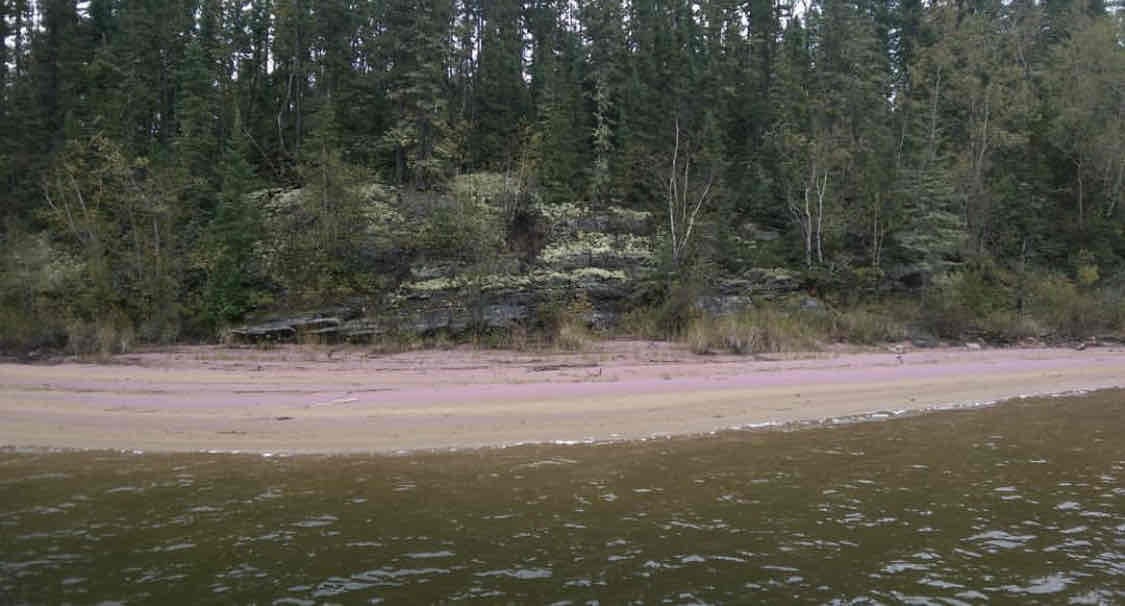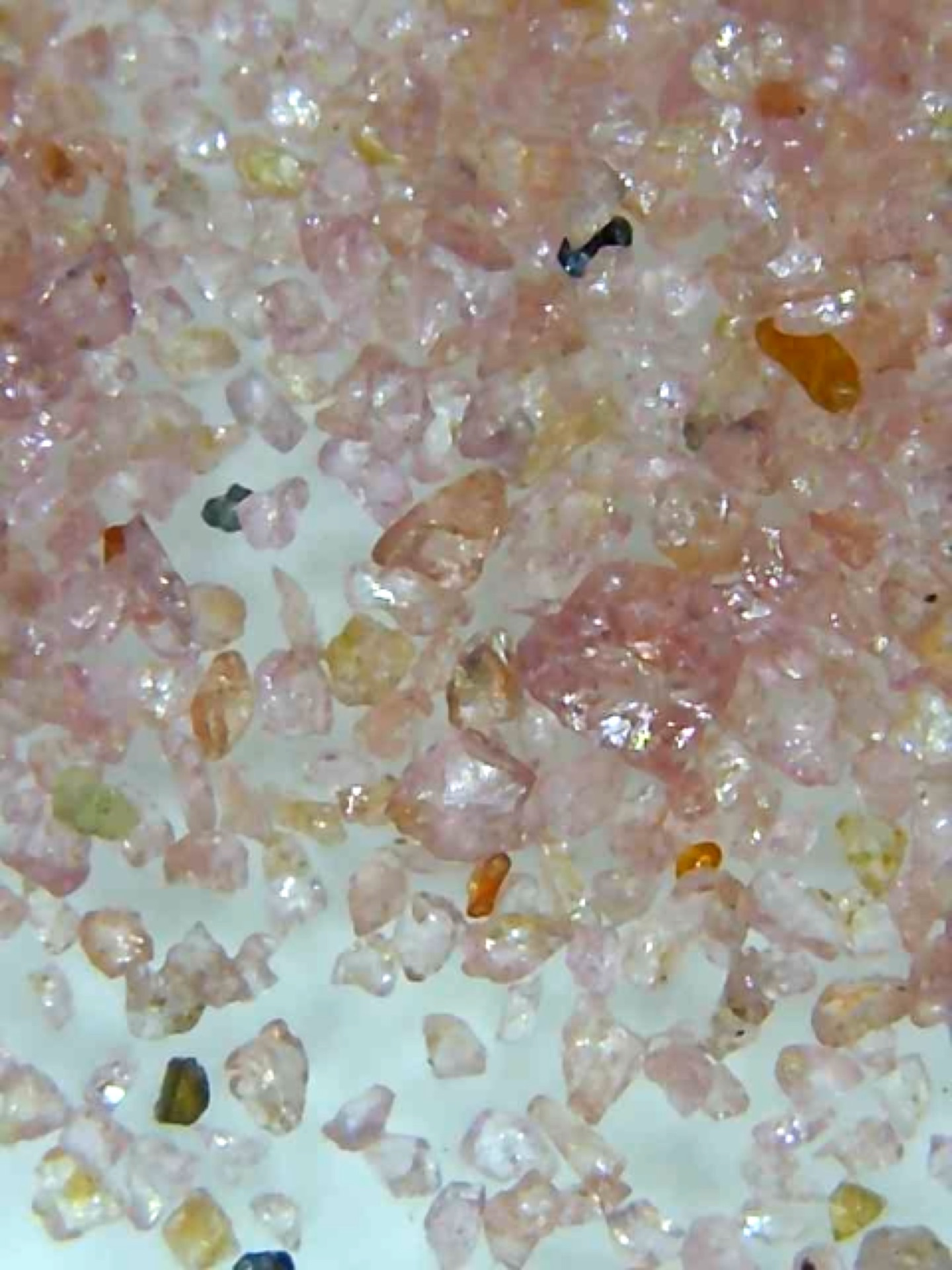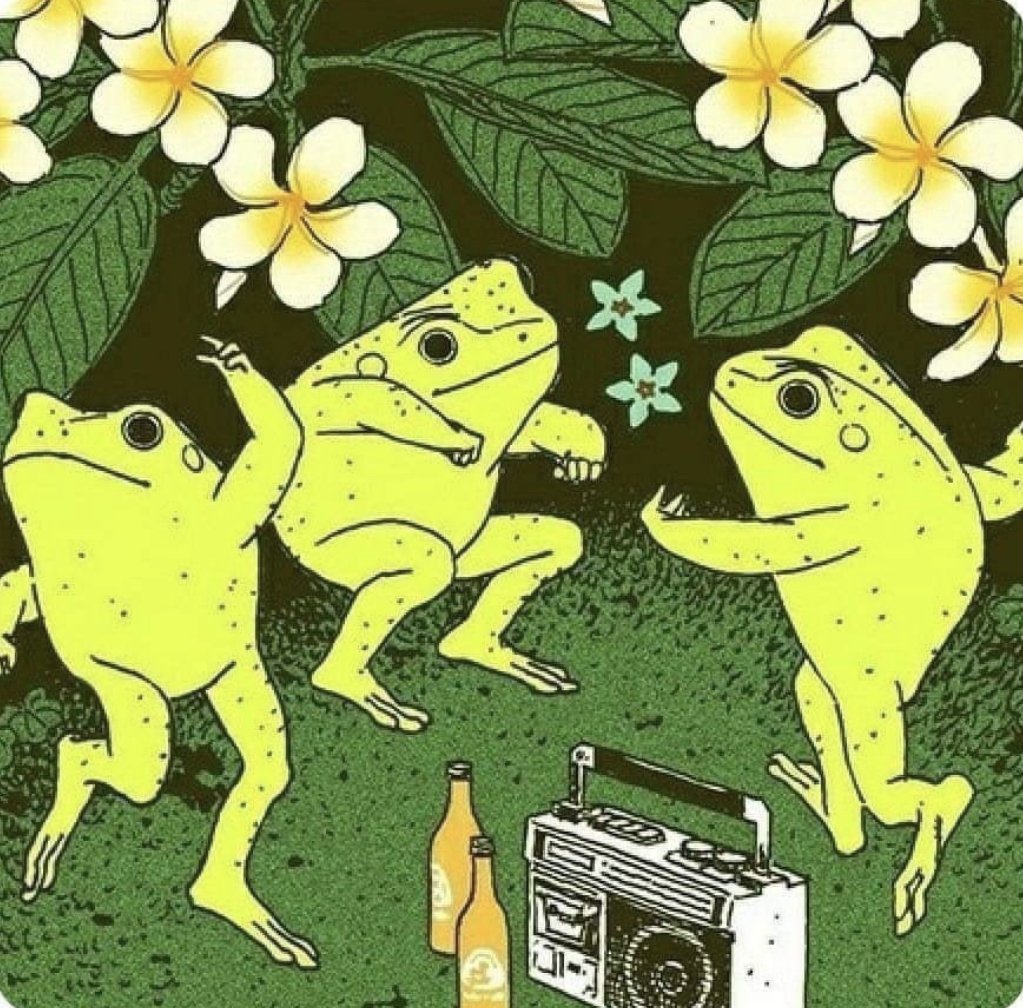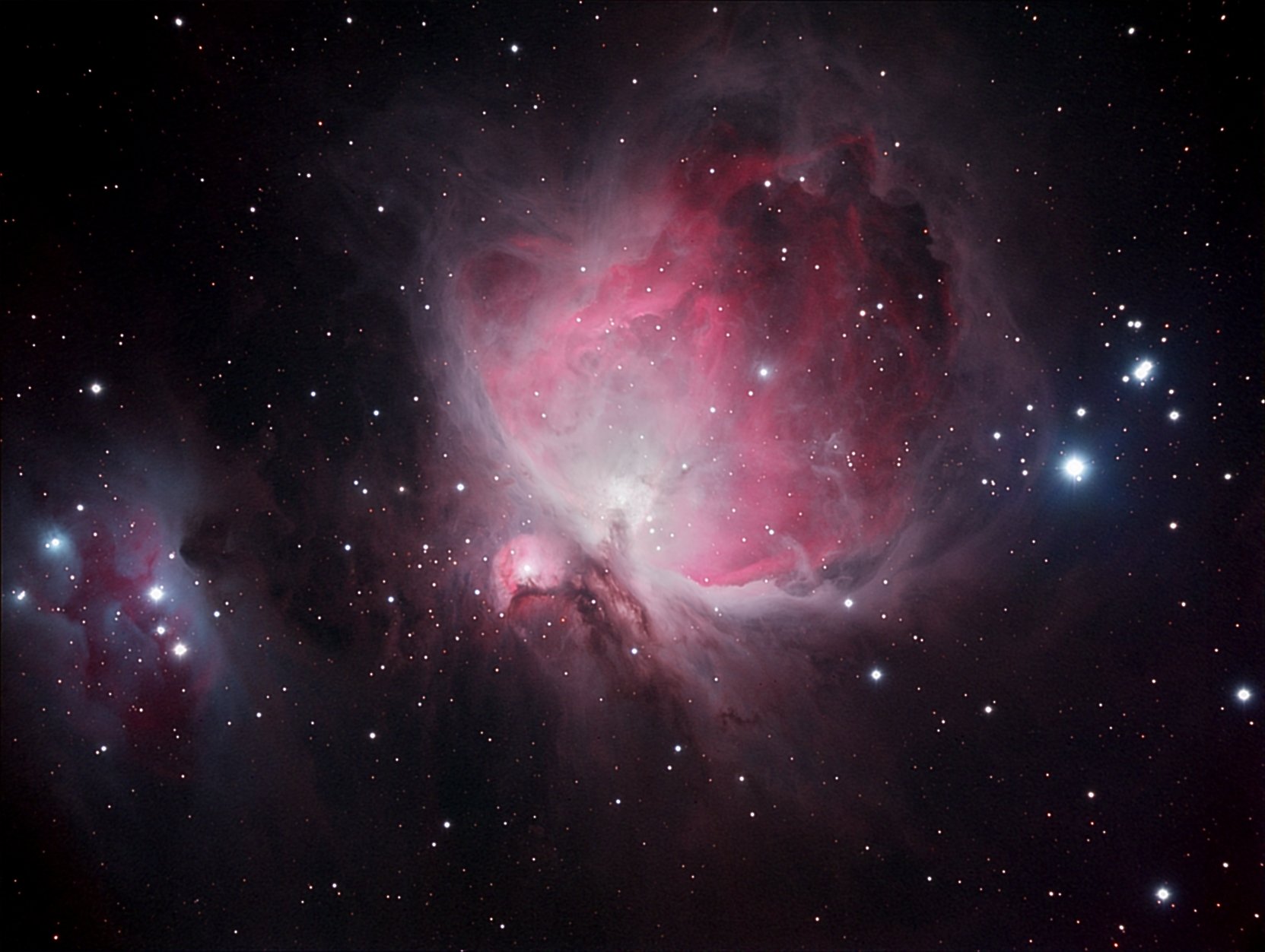Having looked at sand under a microscope for many, many hours: kinda? These images are not just heavily curated but arranged. Yes I’ve had a bunch with random shell fragments and forams SOMETIMES but notice in those images the pieces are carefully spread out?
Most clean sand looks like the bottom right two images but even those are already filtered for interest. I have a bunch of stuff that looks like the bottom middle photo, which is a contentinal glacial sand deposit that is sorted by wave action to have more heavy minerals (pink garnet, black probably magnetite, a splash of green epidote and white qtz splashed in there). It’s usually a thin THIN layer found on some beaches. It’s like a “pretty” sand people know about and not indicative of the vast majority of sand.
Most sand even in a variety of environments is quartz and random lithic (rock) fragments.
I get a little annoyed when these images (usually the top 3) are shared and layman say, “look at how beautiful ALL sand looks! Appreciate the micro world blah blah some inspirational quote.” It’s straight up misinformation but because it’s “just sand” most people don’t care.
I care. Regular sand IS pretty and it’s neat to look at for a little bit. Stop making sand feel bad with unrealistic beauty standards :p.
This guy sands
I’d love to see your images of sand, do you post them anywhere?
Lost to time and crashed hard drives.
But I did find this image of the garnet sand that would be a good example of the bottom middle picture in the post. You can make out the pink, black, and green zones and I think it looks rad.

(I tried the lemmy upload for the photo. If it doesn’t work I don’t know the hip new host since imgur became…imgur so let me know what i should use.)

Would the pink sand from eroding Canadian Shield type rocks be worth looking at? I think there are garnet and quartz around
I always think sand is worth looking at at least once, lol. Get a hand lens (like $10?) and check it out!
Also it’s probably pink not because of garnet but because of the oxidized bedrock. I’ve seen a ton of stuff that looked like that on the shores around the Lake Superior and it was usually some form of basalt, rhyolite, or rare sedimentary interbed. You’d probably see a bunch of smaller reddish pinkish sand grains along with darker gray ones and maybe some milky quartz. But IIRC Canadian Shield stuff is pretty diverse and I recall there being some gnarly meta stuff out there so you might find some glittery mica and garnets.
Ok I took some mediocre photos of the sand with this cheap digital microscope, it looks very nice. Can you tell anything about it?


Awesome photos!
Whoa you were not kidding about that being pink. Holy cow. I mean…the pink grains could potentially be garnet but I’m a little doubtful and unsteady at saying that for sure. They have conchoidal fracture and a vitreous sheen which could easily be quartz, perhaps stained by something else going on in the area (Mn? > Fe).
Those blue green grains are fricken neato, I don’t have a good explanation for them and can’t really get a good look from the photos.
I see a couple of green grains that could be epidote or some other green mineral, and one that looks a little olivine-esque but it’s hard to tell.
It’s one of those things that you poke and prod and rotate and stare at for a while before giving a broad, hand wavy guess.
It would probably be helpful to look up the location and the formation to get a better sense of what to expect.
Either way, those are dope!
Do you know what the sand from elafonissi beach (Crete) looks like under a microscope? It really does look pinky when you’re there, and I was told it was because of a certain type of seashell that made up the majority of the top sand. I was a kid though, definitely could have been lies.
Never heard of it but sounds nice! Pink sands can happen for a variety of reasons and I’m not sure exactly what is going on in Crete. I collected some pink sand in the Bahamas that I found interesting and long story short, it was manganese stained fossil coral. It sounds like a similar process is happening in Crete with red stained foraminifera tests (tiny shells). Not sure what the red is in the tests in Crete without digging into it as I only did a cursory search but iron oxide and/or manganese aren’t horrible guesses.
Looks like a cool spot!
This made me laugh but I can see why if you have interest you’d be somewhat annoyed by arranged and selected items. It’s not a natural sample. Sand’s not the only thing I’ve seen this done with. There are worse things in the world to be fussed up about tho’. And I do like the heart shaped piece 💜
Dude, I love your sandy brain! TIL!
One of the best comments ever.
Ever.
Ever ever!
Note: Only some types of sand from some places have an interesting appearance microscopically. Most sand will just look like little rocks. Or at least that iirc from the last time this image was circulating.
Oops, indeed, updated title from “Sand is beautiful under a microscope” since that wasn’t totally accurate. “Oops” because I had in fact suspected as much!
Ah, the classic COVID-sand in the fourth picture.
Is this real? I feel like some of the details on these things in the pictures look very macro. Like the colored striations on the shell pieces. Super cool if it is, but I’m not so sure…
Well, here’s a video from Dr. Greenberg where you can see them more 3D (Piped link)
Wow so cool! I don’t think I’ve ever seen a microscope get angled like that while looking, either. Very surreal effect. Thanks for the link!
Keyword is some, most sand will just look like small chunks of granite.
i wonder if there are any hidden gems in sand… and by gem i mean information… unknown organisms, unknown fossil formation types.
could we someday feed sand into a sufficiently capable machine to identify novel particles? any value there?
Uh what? I mean we can get geochemistry and look for trace elements.
Paleontologists will absolutely look for fossils in sand, they do it all the time. I just sent off a bunch of sand and clay for pollen analysis and I’m not sure how they process it but I know it involves dissolving inorganic material in acid sometimes.
Most of the time no one looks at sand in bulk. It’s…you can imagine, a daunting task. Sometimes people (individuals) will look at sand for some diagnostic purposes - usually in my line of work to note the type and abundance of minerals present, or especially the distribution of particle size and clay/silt content. I know other fields will survey things like diatoms and foraminifera for paleontology but also for I think oil exploration because indicator fossils are important but I don’t do that so I’m not really sure I can speak more to it.
A lot of time people look at sand in the field with a hand lens or drag it back to the lab to look at it with a basic microscope. Or slap it in epoxy and make a thin section. Sending it off for geochemistry is…possible but may not be especially illuminating depending on what you’re trying to learn. People can also date the sand using optically stimulated luminescence (OSL) to get a date of when the sand was last exposed to sunlight (and thus, deposited) if the sand is in the right age bracket (<150ka ish).
Rarely people get more involved with things like XRD/XRF, SEM, microprobe uh… something else, I’m sure. That’s more of a straight academia realm though.
I went off on a tangent but people slap sand in machines and other things to find out stuff all the time.
Reached out to the photographer!






